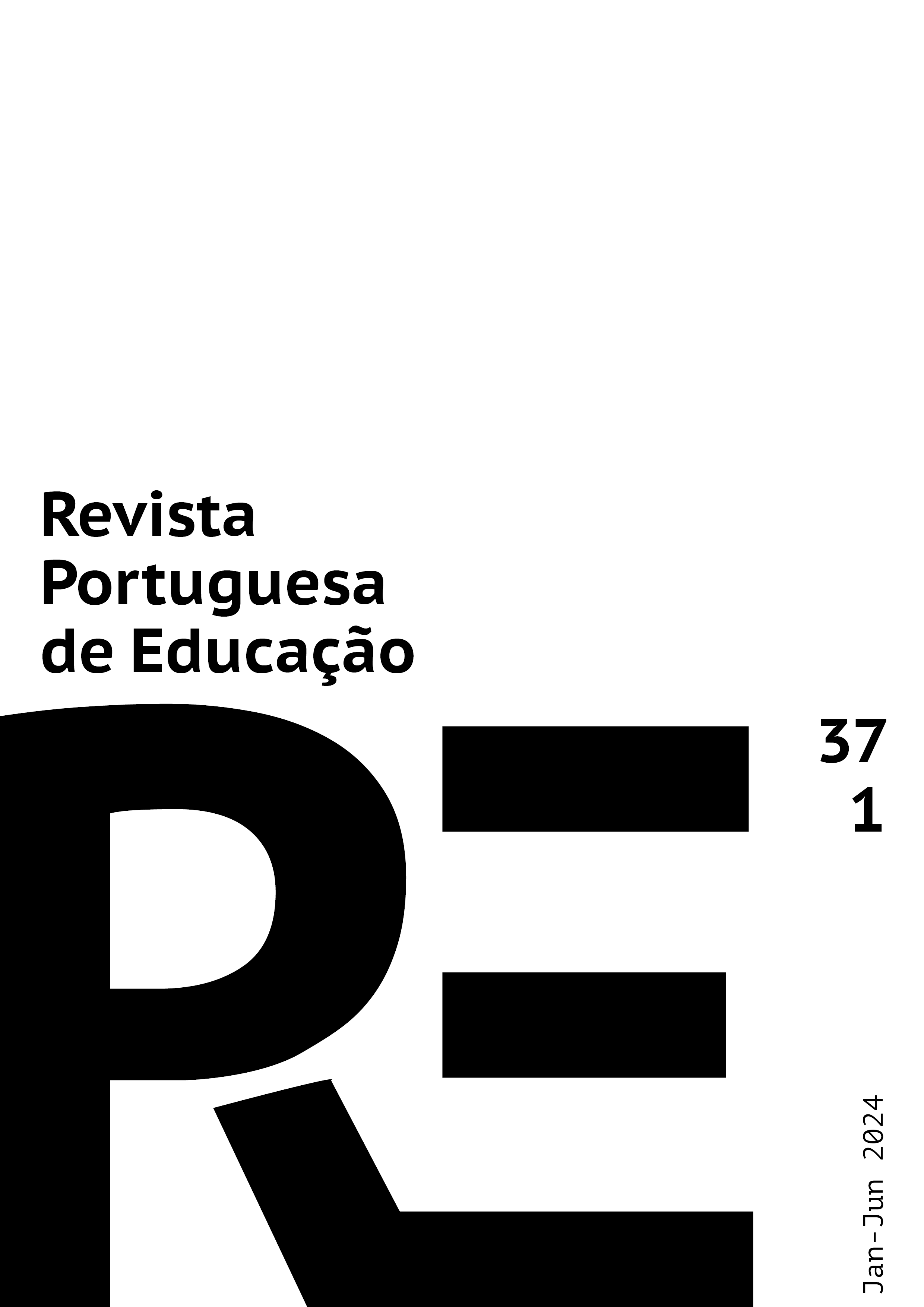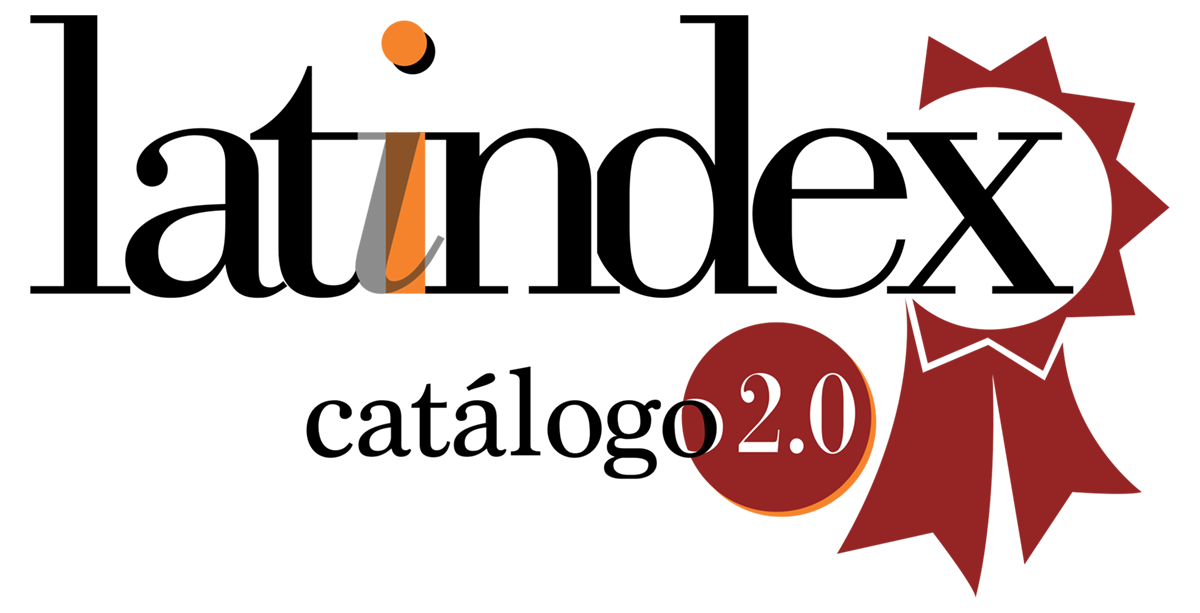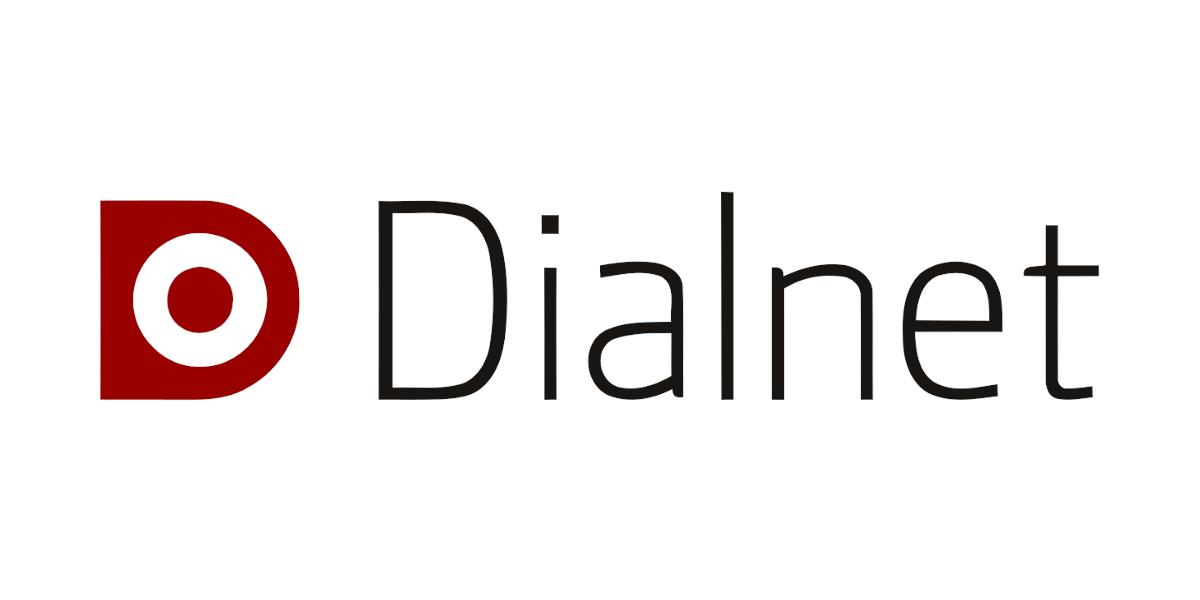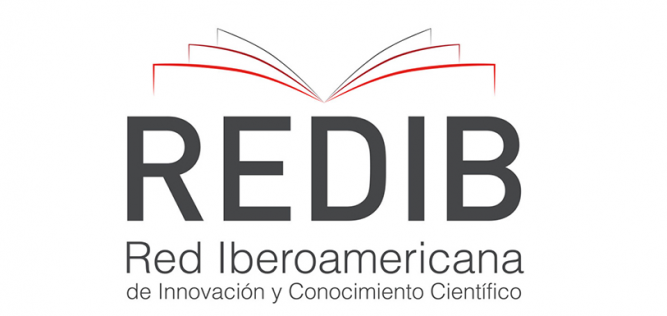Opérationnalisation du Profil des Élèves Sortant de la Scolarité Obligatoire : Une étude de cas dans l’école élémentaire
DOI :
https://doi.org/10.21814/rpe.27815Mots-clés :
Curriculum, Autonomie curriculaire, Flexibilité curriculaire, Profil des élèves sortant de la scolarité obligatoire, MathématiquesRésumé
Le processus de revigorer les écoles, introduit par l'autonomie et la flexibilité curriculaires, a révélé la nécessité de comprendre comment le Profil des Élèves Sortant de la Scolarité Obligatoire était mis en place par les enseignants de l’école élémentaire d'un certain groupe d'écoles de la région de Porto, également faire connaître la perception des enseignants quant au reflet de cette opérationnalisation dans l’amélioration de la qualité des apprentissages en mathématiques. Une étude de cas, dont les participants ont été sélectionnés par convenance, a été menée à cet égard, en utilisant la méthode de recherche mixte. Les données ont été recueillies à travers une enquête par questionnaire, composée de questions fermées et ouvertes, à partir de laquelle on a conduit une analyse statistique descriptive pour les données quantitatives et une analyse de contenu pour les données qualitatives. Les résultats obtenus, bien que favorables, ont révélé qu'il reste encore beaucoup à faire, tant en termes de planification et de maximisation de l'autonomie et de la flexibilité – qui peuvent être encouragées par la direction de l'école et par la communauté éducative.
Téléchargements
Références
Abelha, M. (2005). Cultura docente ao nível do departamento curricular das ciências: um estudo de caso. [Tese de mestrado publicada]. Universidade de Aveiro. http://hdl.handle.net/10773/1020
Bogdan, R., & Biklen, S. (1994). Investigação qualitativa em educação: Uma introdução à teoria e aos métodos (M. J. Alvarez, S. B. Santos, & T. M. Baptista, Trad.). Porto Editora.
Cohen, A., & Fradique, J. (2018). Guia da autonomia e flexibilidade curricular. Raiz Editora.
Cabral, I., & Alves, J. (2018). Para um modelo integrado de inovação pedagógica e melhoria das aprendizagens. In I. Cabral & J. Alves (Eds.), Inovação pedagógica e mudança educativa: Da teoria à(s) prática(s) (pp. 5-30). Universidade Católica Portuguesa.
Cosme, A. (2018). Autonomia e flexibilidade curricular: Propostas e estratégias de ação – Ensino básico e ensino secundário. Porto Editora.
Decreto-lei n.º 54/2018, de 6 de julho. Diário da República, 1.ª série – N.º 129/2018. https://diariodarepublica.pt/dr/detalhe/decreto-lei/54-2018-115652961
Decreto-lei n.º 55/2018, de 6 de julho. Diário da República, 1.ª série – N.º 129/2018. https://diariodarepublica.pt/dr/detalhe/decreto-lei/55-2018-115652962
Decreto-lei n.º 6/2001, de 18 de janeiro. Diário da República, 1.ª série A – N.º 15/2001. https://diariodarepublica.pt/dr/detalhe/decreto-lei/6-2001-338986
Despacho n.º 5908/2017, de 5 de julho. Diário da República, 2.ª série – N.º 128/2017. https://diariodarepublica.pt/dr/detalhe/despacho/5908-2017-107636120
Despacho n.º 6605-A/2021, de 6 de julho. Diário da República, 2.ª série – N.º 129/2021. https://diariodarepublica.pt/dr/detalhe/despacho/6605-a-2021-166512681
Despacho n.º 6944-A/2018, de 19 de julho. Diário da República, 2.ª série, 1.º suplemento – N.º 138/2018. https://diariodarepublica.pt/dr/detalhe/despacho/6944-a-2018-115738779
Feyfant, A. (2016). La différenciation pédagogique en classe. Dossier de Veille de l’IFÉ, (113), 1-32. http://veille-et-analyses.ens-lyon.fr/DA-Veille/113-novembre-2016.pdf
Formosinho, J. (1987). O currículo uniforme pronto-a-vestir de tamanho único. Edições Pedago.
Fullan, M., & Hargreaves, A. (2001). Por que é que vale a pena lutar? O trabalho de equipa na escola (J. A. Lima, Trad.). Porto Editora.
Gaspar, M., & Roldão, M. (2007). Elementos do desenvolvimento curricular. Universidade Aberta.
Lopes, J. & Silva, H. (2022). Aprendizagem cooperativa na sala de aula: Um guia prático para o professor (2.ª Ed.). Pactor.
Machado, J. (2017). Organização e currículo: Em busca de um modelo alternativo. In C. Palmeirão, & J. Alves (Coords.), Construir a autonomia e a flexibilidade curricular: Os desafios da escola e dos professores (pp. 25-37). Universidade Católica Editora.
Martins, G., Gomes, C., Brocardo, J., Pedroso, J., Carillo, J., Silva, L., Encarnação, M., Horta, M., Calçada, M., Nery, R., & Rodrigues, S. (2017). Perfil dos alunos à saída da escolaridade obrigatória. Ministério da Educação – DGE. https://www.dge.mec.pt/perfil-dos-alunos
Merriam, S. (1988). Case study research in education: A qualitative approach. Jossey-Bass.
Morgado, J. (2018). O estudo de caso na investigação em educação. De Facto Editores.
OCDE. (2018a). Curriculum flexibility and autonomy in Portugal: An OCDE review. OECD Publishing.
OCDE. (2018b). The future of education and skills: Education 2030. OECD Publishing.
Pacheco, J. (2006). Currículo: Teoria e práxis (3.ª Ed.). Porto Editora.
Pombo, O., Guimarães, H., & Levy, T. (1994). A interdisciplinaridade: Reflexão e experiência (2.ª Ed.). Texto Editores.
Roldão, M., Peralta, H., & Martins, I. (2017). Currículo do ensino básico e secundário: Para a construção de aprendizagens essenciais baseadas no perfil dos alunos. Ministério da Educação. https://www.dge.mec.pt/sites/default/files/Curriculo/Projeto_Autonomia_e_Flexibilidade/ae_documento_enquadrador.pdf
Roldão, M., & Almeida, S. (2018). Gestão curricular: Para a autonomia das escolas e professores. Ministério da Educação – DGE. https://run.unl.pt/bitstream/10362/64687/1/Gest_o_curricular_Para_a_autonomia_das_escolas_e_professores.pdf
Roschelle, J., & Teasley, S. (1995). The construction of shared knowledge in collaborative problem solving. In C. O’Malley (Ed.), Computer supported collaborative learning (pp. 69-97). Springer-Verlag Berlin Heidelberg. https://doi.org/10.1007/978-3-642-85098-1
UNESCO. (2016). Repensar a educação: Rumo a um bem comum mundial? (R. Brossard, Trad.). UNESCO. https://unesdoc.unesco.org/ark:/48223/pf0000244670
Téléchargements
Publiée
Comment citer
Numéro
Rubrique
Licence
© Paula Andrade, Ângela Couto, Cláudia Maia-Lima, Fernando Lima 2024

Ce travail est disponible sous licence Creative Commons Attribution - Partage dans les Mêmes Conditions 4.0 International.
1. Autores conservam os direitos de autor e concedem à revista o direito de primeira publicação, com o trabalho simultaneamente licenciado sob a Licença Creative Commons Attribution 4.0 CC-BY-SA que permite a partilha do trabalho com reconhecimento da autoria e publicação inicial nesta revista;
2. Autores e autoras têm autorização para assumir contratos adicionais separadamente para distribuição não-exclusiva da versão do trabalho publicada nesta revista (ex.: depositar em repositório institucional ou como capítulo de livro), com reconhecimento de autoria e publicação inicial nesta revista;
3. Autores e autoras têm permissão e são estimulado/as a publicar e distribuir o seu trabalho online (ex.: em repositórios institucionais ou na sua página pessoal), já que isso pode aumentar o impacto e a citação do trabalho publicado (Veja O Efeito do Acesso Livre).
Esta obra está licenciada sob uma Licença Creative Commons - Atribuição Compartilhamento pela mesma Licença Internacional 4.0




















